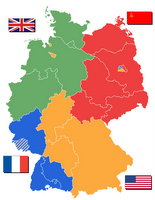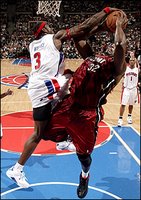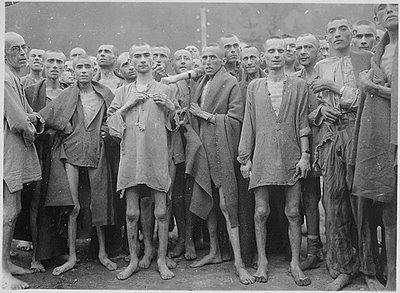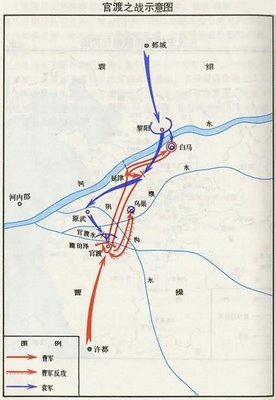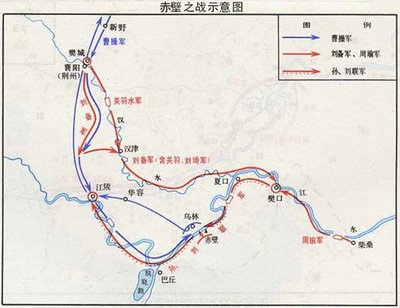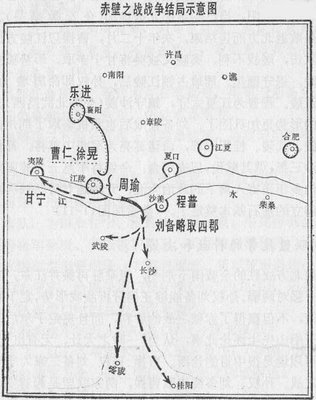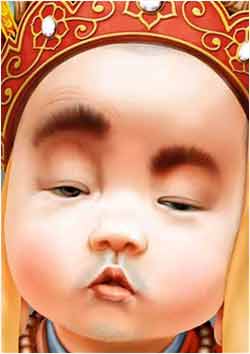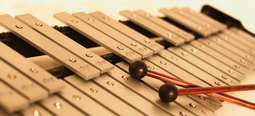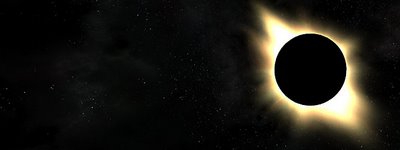
朋字双月并肩行,
远隔千里两地明;
祝友健康阂家乐,
事业顺利展宏程;
国庆佳节同喜日,
捧杯聚首秋月中。
华
The Mid-Autumn Festival (Traditional Chinese: 中秋節, Simplified Chinese: 中秋节; pinyin: Zhōngqiūjié; Korean: Ch'usǒk or Chuseok 추석/秋夕; also known as the Moon Festival, Mooncake Festival, or the August Moon Festival. In Hong Kong, Singapore, and Malaysia, it may be referred to as the Lantern Festival, similar in name to a different festival which falls on the fifteenth day of the Chinese New Year) is a popular Chinese celebration of abundance and togetherness, dating back over 3,000 years to China's Zhou Dynasty.
The Festival falls on the 15th day of the 8th lunar month of the Chinese lunisolar calendar (usually around mid- or late-September in the Gregorian Calendar), a date that parallels the Autumn Equinox of the solar calendar. At this time, the moon is at its fullest and brightest, marking an ideal time to celebrate the abundance of the summer's harvest. The traditional food of this festival is the moon cake, of which there are many different varieties.
The Mid-Autumn Festival is one of the two most important holidays in the Chinese calendar (the other being the Chinese Lunar New Year), and is a legal holiday in several countries. Farmers celebrate the end of the summer harvesting season on this date. Traditionally, on this day, Chinese family members and friends will gather to admire the bright mid-autumn harvest moon, and eat moon cakes and pomeloes together. It is also common to have barbecues outside under the moon, and to put pomelo rinds on one's head. Brightly lit lanterns are often carried around by children. Together with the celebration, there appear some special customs in different parts of the country, such as burning incense, planting sweet-olive trees, lighting lanterns on towers, and fire dragon dances. Shops selling mooncakes, before the festival, often display pictures of Chang'e, floating to the moon.
Labels: Culture
 Well, the content of the video link in the last post does change, but it's still about the post-war Germany, this time it mainly focuses on the history of the Federal Republic of Germany (West Germany) and German Democratic Republic (East Germany), their division from each other, their separate development under different regimes, the Berlin Wall's establishment and some individual incidents that ensued, and Germany's final reconstitution.
Well, the content of the video link in the last post does change, but it's still about the post-war Germany, this time it mainly focuses on the history of the Federal Republic of Germany (West Germany) and German Democratic Republic (East Germany), their division from each other, their separate development under different regimes, the Berlin Wall's establishment and some individual incidents that ensued, and Germany's final reconstitution.